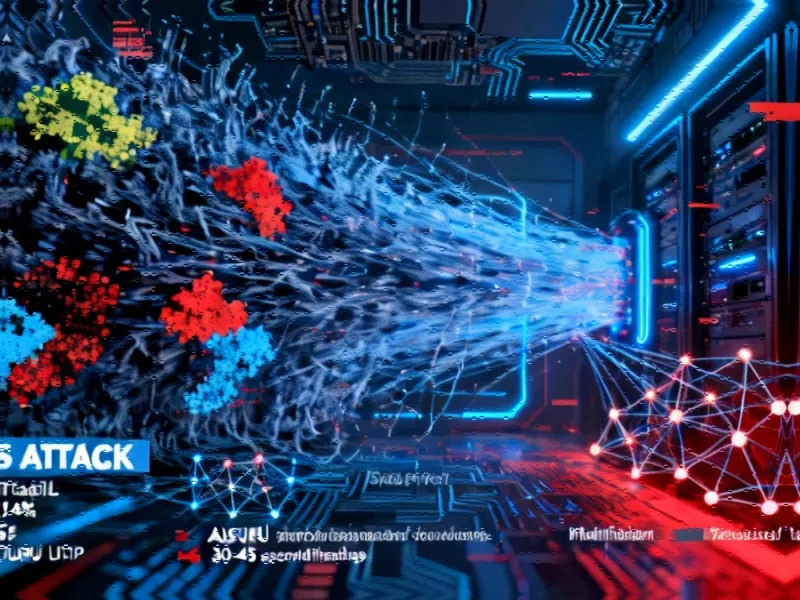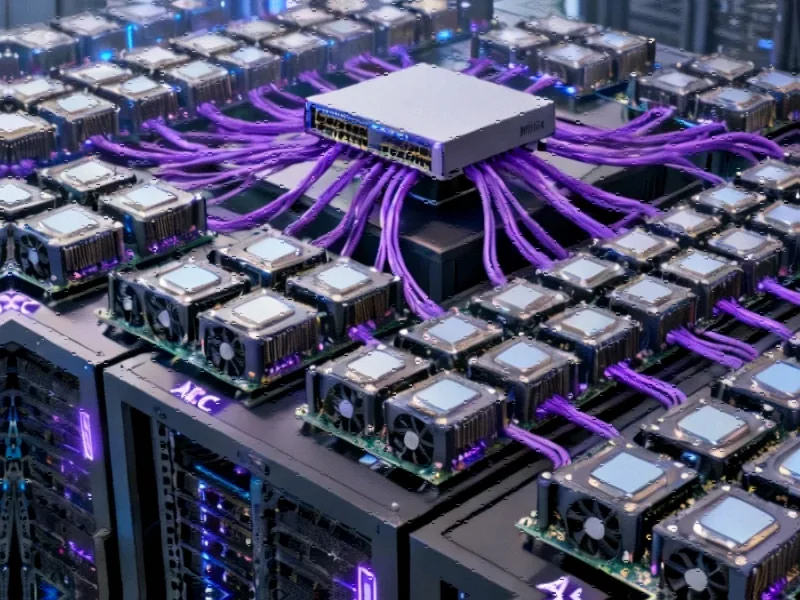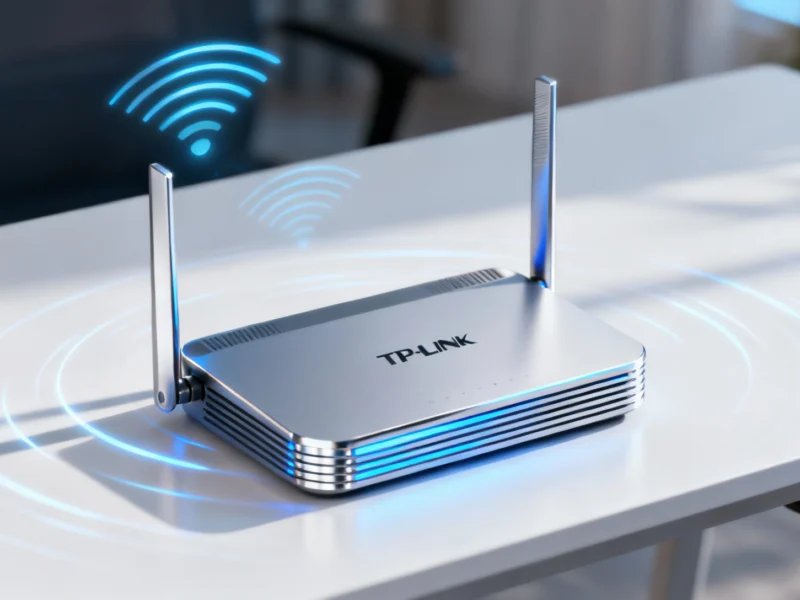The Digital Battlefield: Unpacking the 6 Tbps Attack
In a stunning display of cyber aggression, gaming infrastructure provider Gcore recently weathered a record-breaking 6 Tbps Distributed Denial of Service (DDoS) attack, marking one of the most significant digital assaults in history. This short-burst volumetric flood lasted mere seconds but reached unprecedented traffic levels, highlighting critical vulnerabilities in global network security.
The attack’s technical specifications reveal a sophisticated operation: peaking at 6 terabits per second with 5.3 billion packets per second, primarily utilizing the UDP protocol to overwhelm target systems. What makes this incident particularly noteworthy isn’t just its scale, but its strategic execution and geographic origins.
Geographic Hotspots and Botnet Evolution
Security analysis uncovered that over half (51%) of the malicious traffic originated from Brazil, with nearly a quarter (24%) coming from the United States. This distribution points to widespread exploitation of unsecured networks in these regions, suggesting systemic security gaps that cybercriminals are increasingly leveraging.
The assault has been attributed to the AISURU botnet, which security researchers have linked to several recent high-profile cyberattacks. This connection underscores the evolving sophistication of malware infiltration techniques and the growing capacity of botnets to coordinate massive, short-duration strikes across international boundaries.
The Changing Face of DDoS Warfare
While Gcore successfully mitigated this particular attack using its global network of 210+ Points of Presence and 200+ Tbps filtering capacity, the incident represents a dangerous shift in cyber warfare tactics. Modern DDoS attacks are no longer just about causing disruption—they’ve become sophisticated probing mechanisms designed to test network resilience and identify vulnerabilities.
According to Andrey Slastenov, Head of Security at Gcore, “This incident underscores an ongoing escalation in both the scale and sophistication of DDoS attacks. Without strong, adaptive protection, organizations across tech, hosting, and enterprise sectors remain at risk.”
The statistics support this assessment, with Gcore’s data showing a 41% increase in DDoS activity over a single quarter, particularly targeting technology and gaming sectors. These preliminary strikes often serve as precursors to more complex operations involving broader resistance against security measures and attempts to bypass protection systems.
Broader Implications for Digital Infrastructure
The ramifications extend far beyond temporary service interruptions. Today’s DDoS attacks frequently form part of multi-vector campaigns that combine traffic floods with data theft attempts and related innovations in cybercriminal methodology. The gaming industry’s interconnected infrastructure makes it particularly vulnerable to these coordinated assaults.
As gaming infrastructure providers continue to face these challenges, the security landscape must evolve accordingly. The concentration of attack sources in specific geographic regions also highlights the need for improved international cooperation on cybersecurity standards and unsecured network remediation.
Future-Proofing Against Evolving Threats
The 6 Tbps attack serves as a critical wake-up call for organizations worldwide. As cybercriminals refine their tactics, defensive measures must become more adaptive and intelligence-driven. The incident demonstrates how market trends in cybercrime are shifting toward shorter, more intense bursts designed to test defensive capabilities.
Looking ahead, the security community must address the underlying vulnerabilities that enable such massive attacks, particularly the widespread availability of unsecured networks that can be conscripted into botnets. Simultaneously, organizations must recognize that DDoS protection is no longer just about maintaining uptime—it’s about preventing sophisticated multi-stage attacks that begin with traffic floods but often lead to more damaging security breaches.
As we monitor these industry developments, the gaming sector’s experience with this record-breaking attack provides valuable lessons for all digital service providers. The era of simple DDoS mitigation is over—today’s threats require comprehensive security strategies that address both immediate disruptions and the sophisticated attack chains they often precede.
This article aggregates information from publicly available sources. All trademarks and copyrights belong to their respective owners.
Note: Featured image is for illustrative purposes only and does not represent any specific product, service, or entity mentioned in this article.



